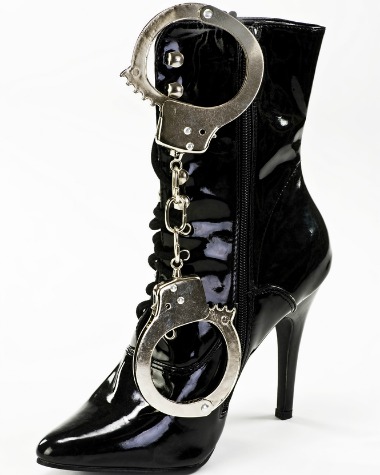Paraphilias and paraphilic disorders
- Sexual addiction
- Absence of ejaculation
- Sexual anhedonia
- Anorgasmia
- Erectile dysfunction
- Dyspareunia
- Paraphilias
- Premature ejaculation
- Sexual trauma
- Hypoactive sexual desire disorder
- Vaginismus
- Treatments
- Professional help for sexual problems
- ***
- Clinical psychologist, psychoanalyst
- Psychological assessment
Freud's definition
In Freud's time, the word used to refer to paraphilias was "perversion". The main problem with Freud's definition was that it included homosexuality. Yet homosexuality is not a paraphilia.

The DSM's definition
According to the DSM-IV, paraphilias are "recurrent, intense sexually arousing fantasies, sexual urges or behaviors" "that occur over a period of 6 months" (Criterion A), which "cause clinically significant distress or impairment in social, occupational, or other important areas of functioning" (Criterion B). The DSM 5 distinguishes "paraphilias", which are not psychic disorders, and "paraphilic disorders". A paraphilic disorder is a "paraphilia that is currently causing distress or impairment to the individual or a paraphilia whose satisfaction has entailed personal harm, or risk of harm, to others".
Four types of paraphilias
There are four types of paraphilias:
- Paraphilias involving nonhuman objects (fetishism...),
- Paraphilias involving the suffering or humiliation of oneself or one's partner (sexual masochism, sexual sadism),
- Paraphilias involving children or other nonconsenting persons (pedophilia...),
- Paraphilias involving an exclusive sexual activity (urophilia...)
List of paraphilic disorders
Here is a non-exhaustive list of paraphilic disorders: fetishism, transvestism, sadism, masochism, zoophilia, voyeurism, exhibitionism, frotteurism, pedophilia, necrophilia, urophilia.
